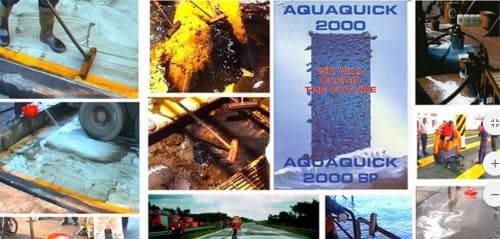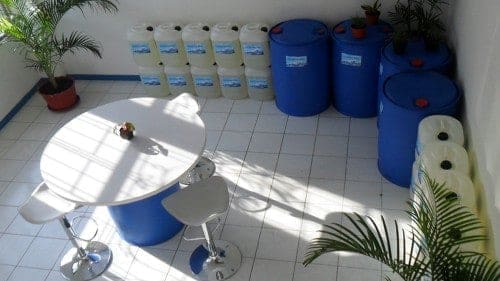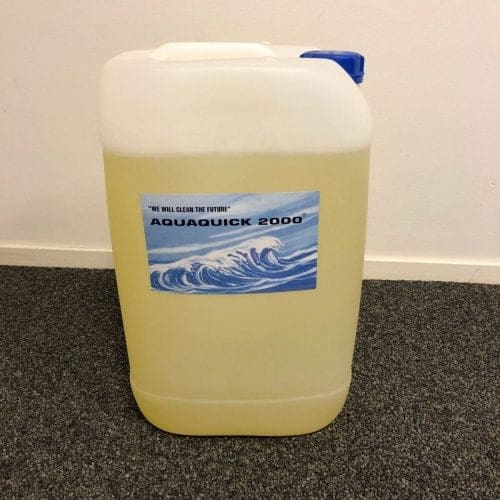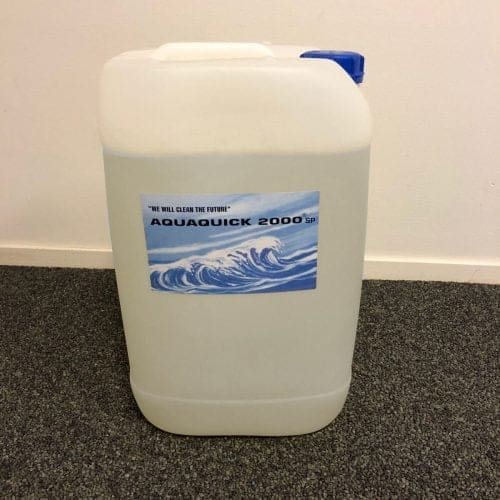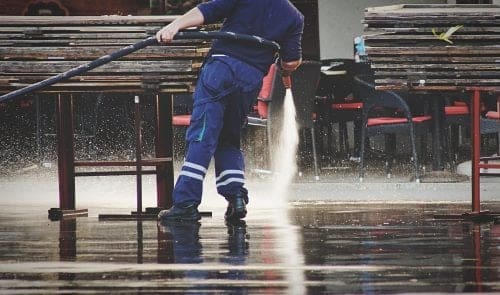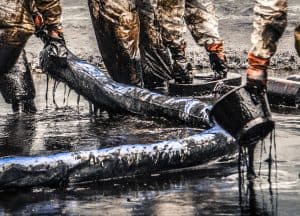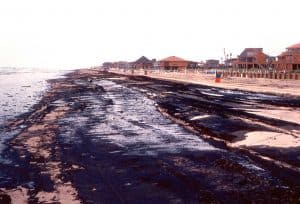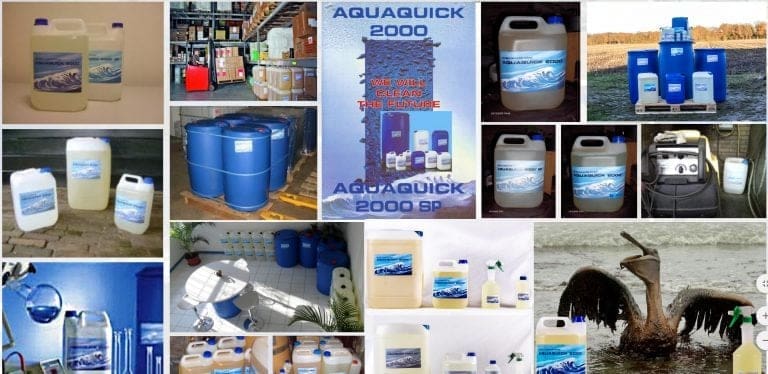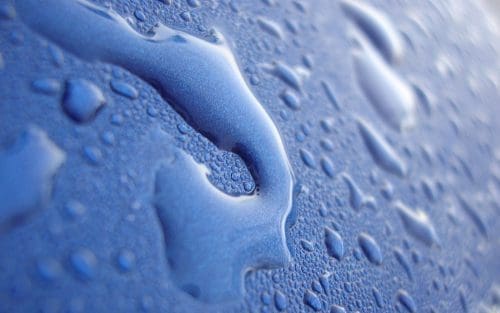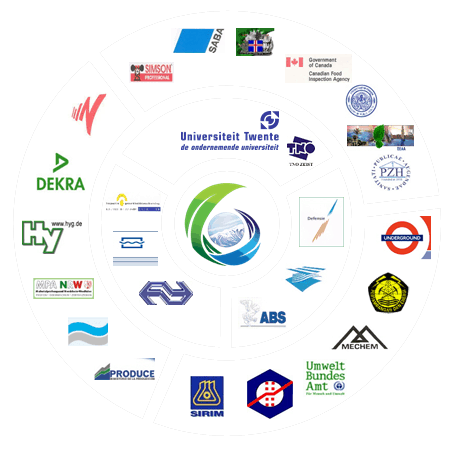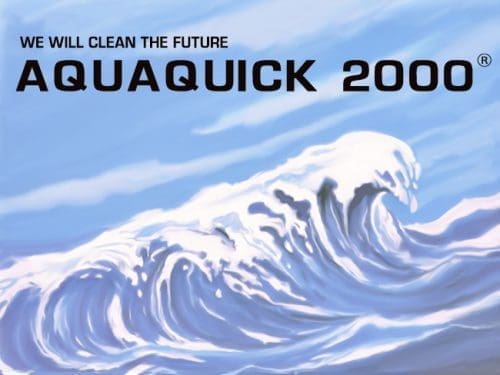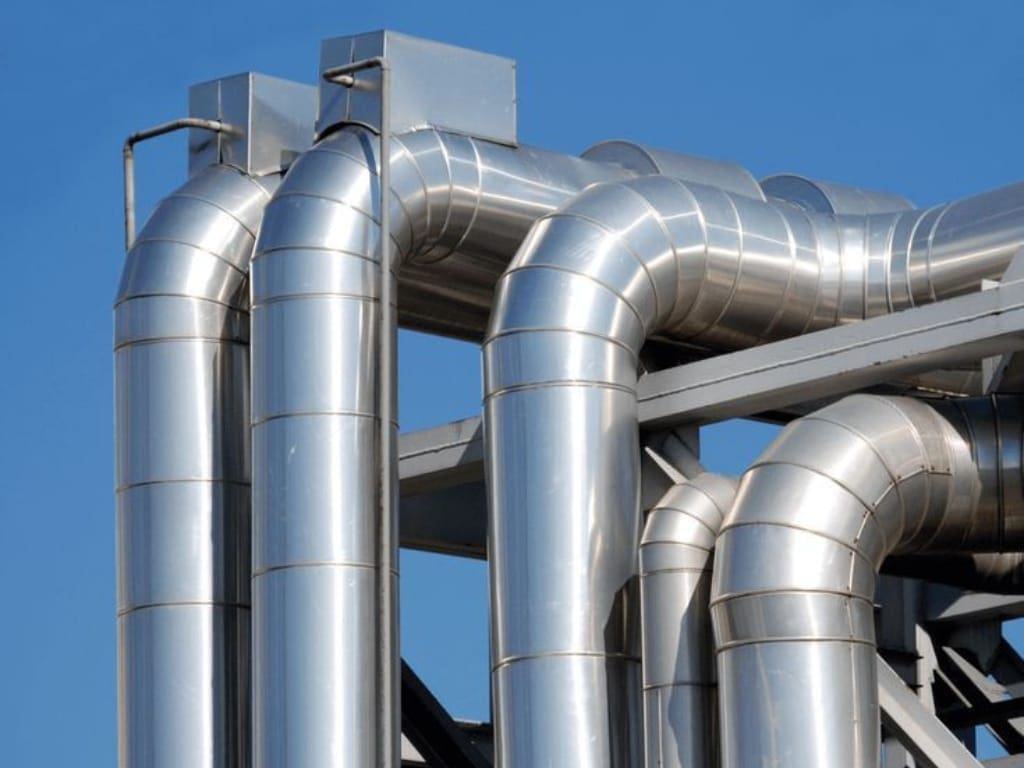Oil spills pose significant environmental threats, impacting marine ecosystems, coastal communities, and economies. Effective solutions are imperative to mitigate these damages and facilitate environmental restoration. Several strategies ranging from prevention to cleanup have been developed to address oil spills.
Prevention measures are fundamental in minimizing oil spill occurrences. Rigorous regulations and enforcement, coupled with technological advancements, can significantly reduce the likelihood of spills during oil exploration, extraction, and transportation processes. Implementing strict safety protocols, such as regular equipment inspections, maintenance, and staff training, enhances operational safety and reduces the risk of accidents.
Innovative technologies play a crucial role in both preventing and managing oil spills. Advanced sensing systems and monitoring devices enable early detection of leaks or potential spillage, allowing rapid response actions to be initiated. Additionally, the development of stronger and more durable materials for pipelines and tankers improves their resistance to corrosion and structural failures, reducing the probability of spills.
What Will Happen When An Oil Spill Occur?
When oil spills do occur, prompt and effective response is essential to minimize environmental damage. Containment and recovery methods are commonly employed to limit the spread of oil and facilitate its removal from the affected area. Booms and barriers are deployed to contain the spilled oil, preventing it from spreading further and allowing for easier cleanup. Skimmers and sorbents are then utilized to recover the oil from the water’s surface, while specialized vessels and equipment are employed to collect and transport the recovered oil for proper disposal or recycling.
Bioremediation techniques offer a natural approach to treating oil-contaminated environments. Certain microorganisms possess the ability to metabolize hydrocarbons found in crude oil, breaking them down into less harmful byproducts. By introducing these microorganisms into the affected area and optimizing environmental conditions, such as temperature and nutrient levels, bioremediation can accelerate the degradation of oil and promote ecosystem recovery.
Innovations in cleanup technologies continue to emerge, offering more efficient and sustainable solutions for addressing oil spills. For instance, the development of aerial drones equipped with remote sensing capabilities enables rapid assessment of spill extent and environmental impact, guiding response efforts more effectively. Additionally, the use of advanced dispersants helps break down oil into smaller droplets, enhancing microbial degradation and reducing the persistence of surface slicks.
Furthermore, international collaboration and coordination are essential in addressing oil spills that transcend national borders. Establishing cooperative agreements and response frameworks among neighboring countries fosters timely and coordinated efforts during spill incidents, ensuring a unified and effective response strategy.
Combating oil spills requires a multifaceted approach encompassing prevention, response, and restoration efforts. By integrating technological innovations, regulatory measures, and international cooperation, we can mitigate the environmental impacts of oil spills and safeguard marine ecosystems for future generations.
What Are Pipeline Oil Spills?
A pipeline oil spill occurs when crude oil or refined petroleum products leak or are released from a pipeline, resulting in the unintended discharge of oil into the surrounding environment. Pipelines are used to transport oil over long distances, often spanning across various terrains, including land and water bodies. These spills can occur due to a variety of reasons, including equipment failure, corrosion, human error, natural disasters, or sabotage.
The consequences of pipeline oil spills can be severe, posing significant environmental, economic, and social challenges. When oil is released from a pipeline, it can contaminate soil, water bodies, and vegetation, leading to adverse effects on ecosystems and wildlife. Oil spills can also impact human health, particularly for communities living in close proximity to the affected areas, through exposure to toxic chemicals present in the oil.
Cleanup and remediation efforts following pipeline oil spills can be complex and costly. Containment and recovery measures are implemented to minimize the spread of oil and facilitate its removal from the environment. However, the extent of environmental damage and the effectiveness of cleanup operations can vary depending on factors such as the volume of oil spilled, the type of terrain affected, and the availability of resources and response capabilities.
Preventing pipeline oil spills is a critical priority for the oil and gas industry, regulatory agencies, and environmental organizations. Rigorous inspection, maintenance, and monitoring of pipelines are essential to identify potential risks and vulnerabilities before they escalate into spill incidents. Implementation of advanced technologies, such as leak detection systems and pipeline integrity assessments, can help enhance the safety and reliability of pipeline infrastructure.
Regulatory frameworks and industry standards also play a crucial role in ensuring the safe operation of pipelines and minimizing the risk of spills. Compliance with environmental regulations, emergency response protocols, and community engagement initiatives are essential aspects of responsible pipeline management.
Despite preventive measures, pipeline oil spills remain a persistent risk due to the inherent complexities and challenges associated with oil transportation. Continued efforts to improve pipeline safety, invest in spill response capabilities, and promote sustainable energy alternatives are essential to mitigate the environmental and social impacts of pipeline oil spills and move towards a more resilient and sustainable energy future.
Why It Is Crucial To Take Care Of Pipeline Oil Spill?
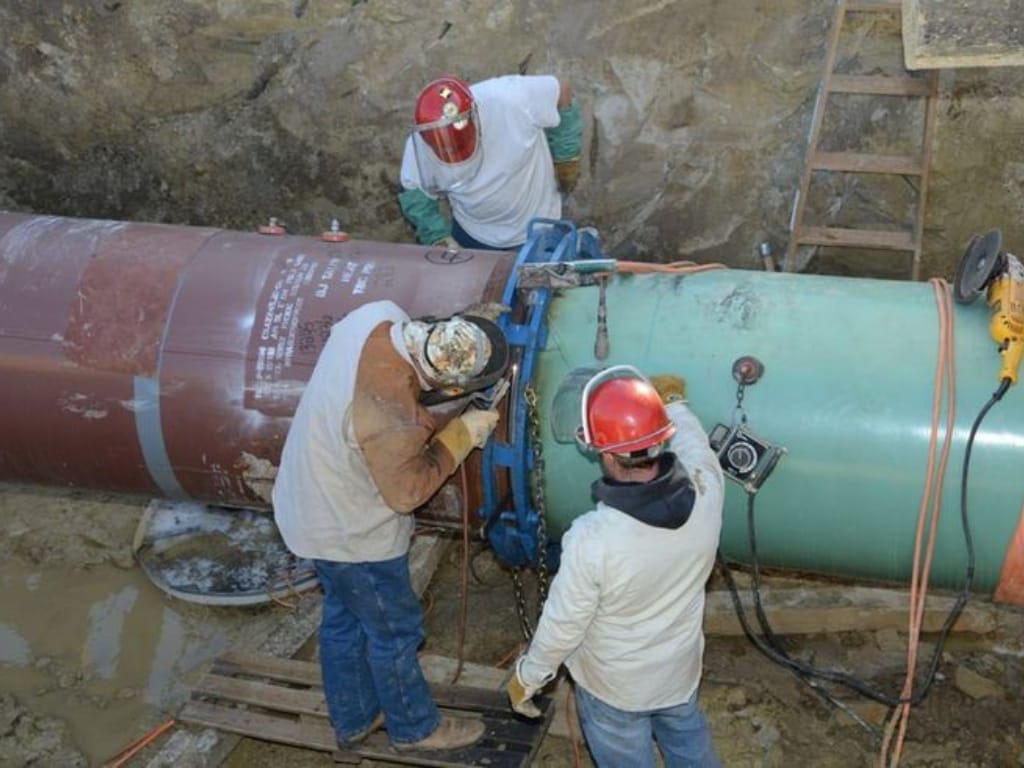
Cleaning up a pipeline oil spill is a complex and challenging process that requires careful planning, coordination, and implementation of various techniques and technologies. The goal of cleanup efforts is to minimize the environmental impact of the spill, protect human health and safety, and restore affected ecosystems to their pre-spill condition. Here’s an in-depth look at the steps involved in cleaning up a pipeline oil spill:
Step 1: Assessment and Planning
- The first step in cleaning up a pipeline oil spill is to assess the extent and severity of the spill. This involves gathering information about the volume and type of oil spilled, the location and characteristics of affected areas, and potential risks to human health and the environment.
- Based on the assessment, a cleanup plan is developed, outlining the objectives, strategies, and resources needed to effectively address the spill. The plan takes into account factors such as the type of terrain, weather conditions, and available cleanup technologies.
Step 2: Containment and Recovery
- Containment measures are implemented to prevent the spread of oil and minimize further contamination of surrounding areas. Booms, barriers, and absorbent materials are deployed to contain the spilled oil and prevent it from spreading to sensitive habitats or water bodies.
- Recovery efforts focus on removing the spilled oil from the environment. Skimmers, sorbents, and vacuum trucks are used to collect oil from the surface of water bodies, while absorbent materials are applied to shorelines to soak up oil that has reached the land.
Step 3: In-situ Burning
- In-situ burning is a technique used to remove large quantities of oil from the water’s surface by igniting it in a controlled manner. This method can be effective for removing thick oil slicks quickly and reducing the overall volume of oil in the environment.
- However, in-situ burning must be carefully managed to minimize air pollution and ensure the safety of workers and nearby communities.
Step 4: Bioremediation
- Bioremediation involves using microorganisms to break down and degrade the spilled oil into less harmful substances. Certain bacteria and fungi have the ability to metabolize hydrocarbons found in crude oil, converting them into carbon dioxide and water.
- Bioremediation can be applied to both water and soil environments, although it may be more effective in certain conditions, such as warm temperatures and oxygen-rich environments.
Step 5: Chemical Dispersants
- Chemical dispersants are substances that are sprayed or injected into the spilled oil to break it up into smaller droplets, which can then disperse more easily in the water column. This helps to accelerate the natural process of oil degradation by increasing the surface area available for microbial activity.
- Dispersants are typically used in offshore spills where mechanical recovery methods may be less effective due to rough seas or remote locations.
Step 6: Mechanical Excavation and Removal
- In cases where oil has penetrated deep into the soil or sediment, mechanical excavation may be necessary to remove contaminated material. This involves using heavy machinery to dig up the affected area and remove the contaminated soil or sediment for proper disposal.
- Mechanical removal may also be used to remove oil from hard surfaces such as rocks, concrete, or infrastructure.
Step 7: Monitoring and Follow-up
- After cleanup operations are completed, monitoring efforts are conducted to assess the effectiveness of the cleanup and track any lingering impacts on the environment. This may involve water and soil sampling, aerial surveys, and ecological assessments to evaluate the recovery of affected habitats and wildlife.
- Follow-up actions may be necessary to address any remaining contamination or ecological damage, such as additional cleanup measures or habitat restoration efforts.
Step 8: Community Engagement and Communication
- Throughout the cleanup process, it’s important to engage with affected communities, stakeholders, and regulatory agencies to provide timely information, address concerns, and solicit input on cleanup activities. Clear and transparent communication helps to build trust, ensure public safety, and promote community resilience in the aftermath of a spill.
Cleaning up a pipeline oil spill requires a comprehensive and multi-faceted approach that integrates various techniques and technologies to minimize environmental impact and protect human health and safety. Effective coordination, planning, and communication are essential to ensure the success of cleanup efforts and facilitate the restoration of affected ecosystems and communities. By implementing best practices and leveraging innovative solutions, we can mitigate the impacts of pipeline oil spills and work towards a more sustainable and resilient future.
How To Use AQUAQUICK 2000 In A Pipeline Oil Spill Cleaning?
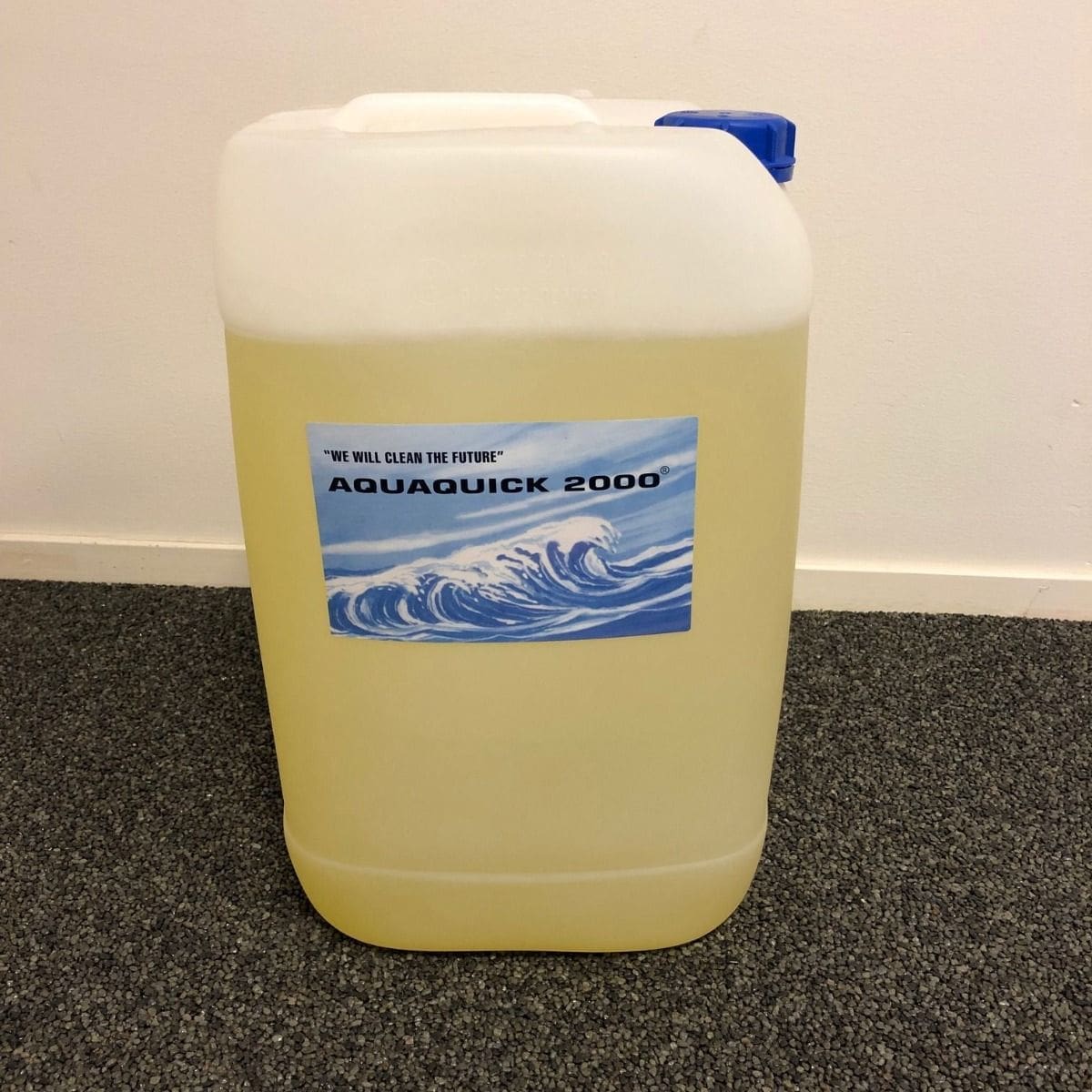
AQUAQUICK 2000 is a highly effective cleaning agent that can be used in a variety of applications, including cleaning up oil spills. Here’s a step-by-step guide on how to use AQUAQUICK 2000 effectively in cleaning a pipeline oil spill:
Step 1: Assessment Of Oil Spill Cleaning
- Before using AQUAQUICK 2000, conduct a thorough assessment of the spill site to determine the extent of contamination and identify any potential hazards or safety concerns. Develop an oil spill cleanup plan based on the assessment, outlining the objectives, strategies, and resources needed for the cleanup operation.
Step 2: Preparation
- Ensure that all necessary safety precautions are in place before beginning oil spill cleanup operations. This includes providing appropriate personal protective equipment (PPE) for workers, securing the spill site to prevent unauthorized access, and establishing emergency response procedures in case of accidents or incidents.
Step 3: Dilution
- AQUAQUICK 2000 is typically used in diluted form for cleaning purposes. Follow the manufacturer’s instructions for dilution ratios, which may vary depending on the specific application and level of contamination. Use clean water to dilute the AQUAQUICK 2000 concentrate to the desired concentration.
Step 4: Application
- Apply the diluted AQUAQUICK 2000 solution to the contaminated surfaces using suitable equipment, such as sprayers, pressure washers, or foamers. Ensure thorough coverage of the affected areas, including any oil slicks on water surfaces, contaminated soil, or equipment.
Step 5: Agitation
- Agitation helps to enhance the cleaning action of AQUAQUICK 2000 by loosening and lifting the oil and grease from the surfaces. Use mechanical agitation methods, such as scrubbing brushes, brooms, or high-pressure water jets, to agitate the treated areas and dislodge the contaminants.
Step 6: Dwell Time
- Allow the AQUAQUICK 2000 solution to dwell on the surfaces for a sufficient amount of time to allow it to penetrate and emulsify the oil and grease effectively. The required dwell time may vary depending on factors such as the type and thickness of the contamination, temperature, and humidity levels.
Step 7: Rinse or Remove
- After the dwell time has elapsed, rinse the treated surfaces thoroughly with clean water to remove the emulsified oil and AQUAQUICK 2000 residue. Use pressure washers or other water-based cleaning equipment to ensure complete removal of contaminants and cleaning agent.
Step 8: Disposal
- Dispose of the rinse water and any collected contaminants in accordance with applicable regulations and guidelines for hazardous waste management. Avoid discharging contaminated water into storm drains, water bodies, or sensitive ecosystems to prevent further environmental harm.
Step 9: Monitoring and Follow-up
- After cleanup operations are completed, monitor the cleaned surfaces and surrounding environment to ensure that no residual contamination remains. Conduct follow-up inspections and sampling as necessary to verify the effectiveness of the cleanup and address any lingering issues.
Step 10: Documentation
- Keep detailed records of the cleanup activities, including the quantities of AQUAQUICK 2000 used, dilution ratios, application methods, and cleanup results. This information will be valuable for evaluating the success of the cleanup operation and for future reference or regulatory compliance purposes.
By following these steps and using AQUAQUICK 2000 according to the manufacturer’s instructions, responders can effectively clean up pipeline oil spills and mitigate the environmental impact of contamination. Effective use of AQUAQUICK 2000 helps to expedite cleanup operations, minimize environmental damage, and restore affected ecosystems and communities.
Take Home Message
In conclusion, addressing pipeline oil spills demands a multifaceted approach that integrates various strategies and technologies to minimize environmental damage, protect human health and safety, and facilitate the restoration of affected ecosystems and communities. From prevention measures and rapid response protocols to advanced cleanup technologies and collaborative efforts, a comprehensive framework is essential for effective spill management.
By leveraging innovative solutions, such as bioremediation, chemical dispersants, and versatile cleaning agents like AQUAQUICK 2000, responders can mitigate the impacts of pipeline oil spills and work towards a more sustainable and resilient energy future. Continued investment in research, development, and implementation of best practices will be crucial in enhancing spill response capabilities and minimizing the risk of future incidents. Ultimately, by prioritizing environmental stewardship and proactive risk management, we can strive to safeguard our natural resources and ensure the well-being of present and future generations.

